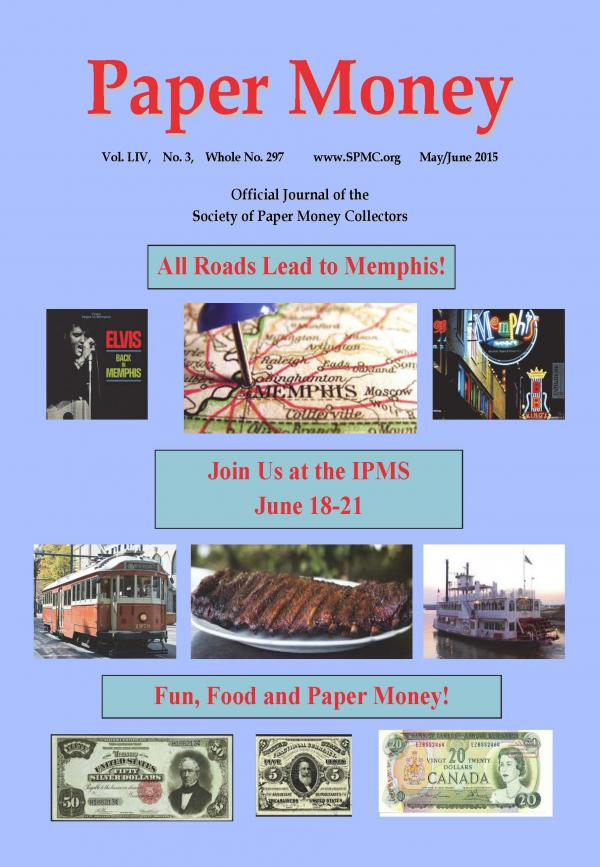Please sign up as a member or login to view and search this journal.

Table of Contents
The Fabulous High Denomination Feds of 1918--Lee Lofthus.........................................160
Identification of Make-Up Replacement Type Notes--Peter Huntoon & Shawn Hewitt.....178
Dick Gregory's "One Vote" Note--Loren Gatch..................................................................192
First National Bank of West Plains, Missouri--Frank Clark.................................................196
The "English" Series of Notes of the Philippines--Carlson Chambliss................................201
The Famous Polar Bear Vignette--Terry Bryan...................................................................210
Mysterious Series of 1935 $1 Back Plate 2--Jamie Yakes..................................................216
Uncoupled--Joe Boling & Fred Schwan...............................................................................220
Small Notes--Jamie Yakes...................................................................................................224
Obsolete Corner--Robert Gill................................................................................................227
Chump Change--Loren Gatch..............................................................................................230
Editor Sez--Benny Bolin........................................................................................................231
President's Column--Pierre Fricke........................................................................................232
SPMC Hall of Fame Class of 2015.......................................................................................233
Membership Report--Frank Clark.........................................................................................234
Selected Bibliography of Colonial/Continental Paper Money--Roger Barnes......................237
Money Mart..........................................................................................................................242
Tweet

